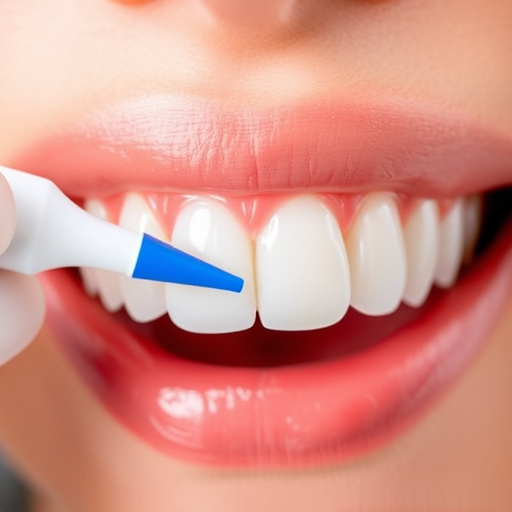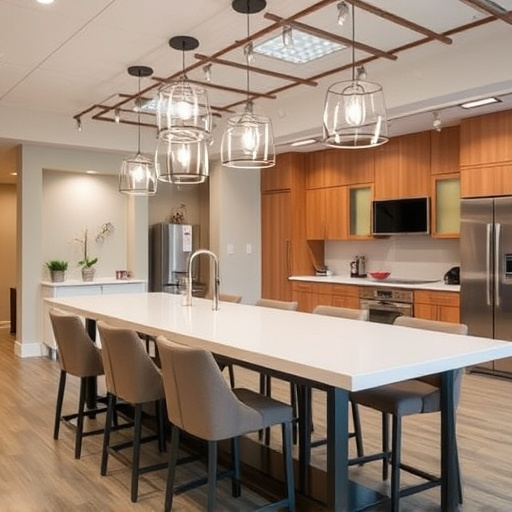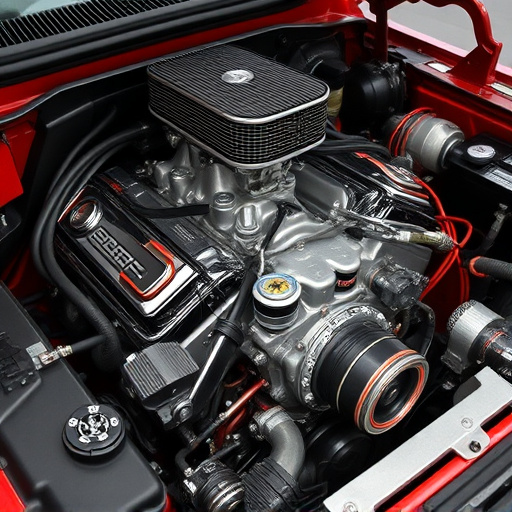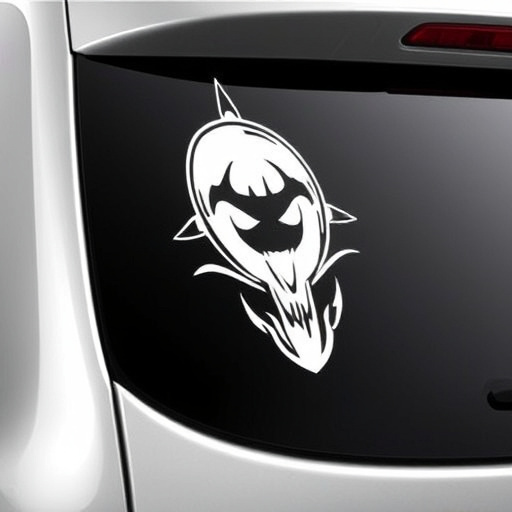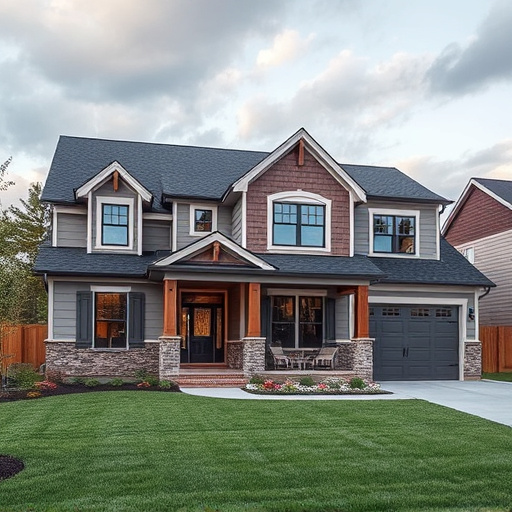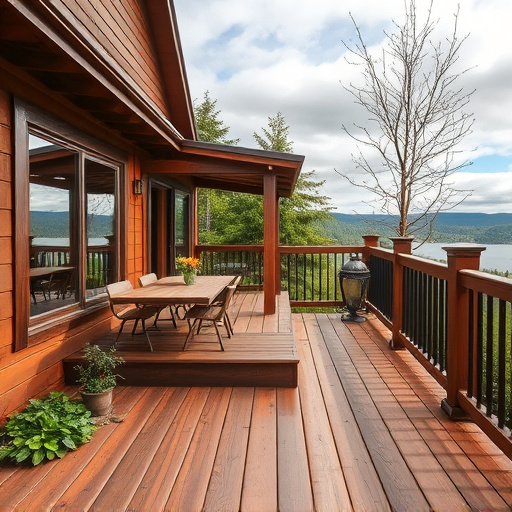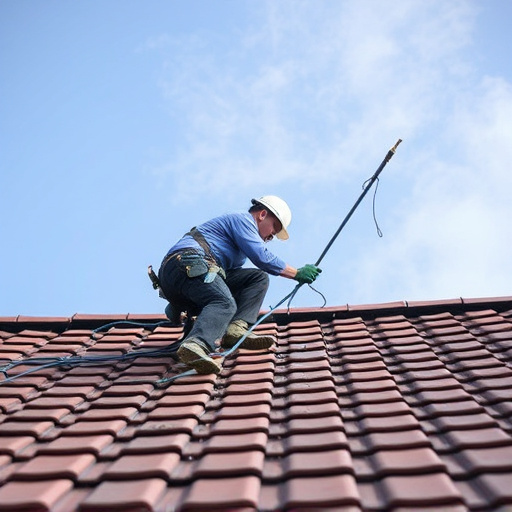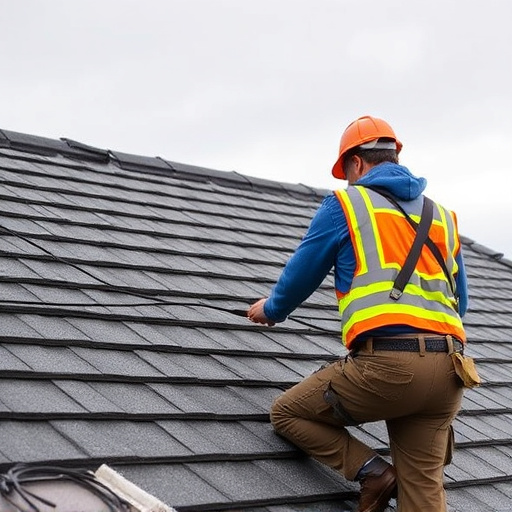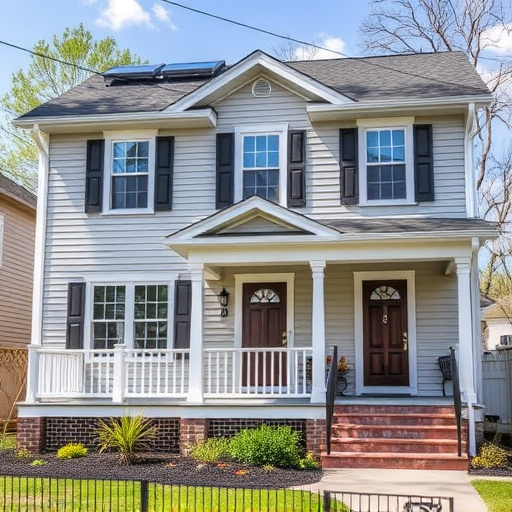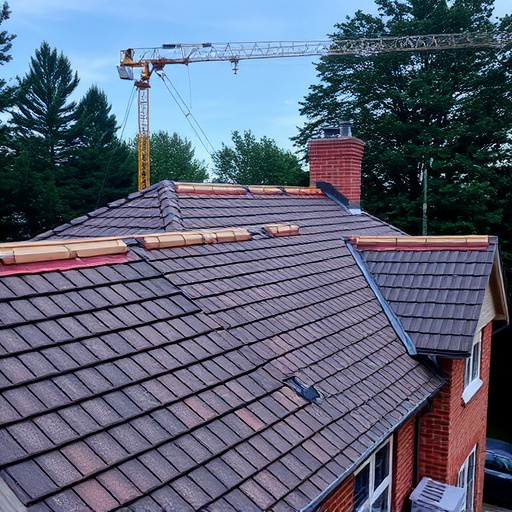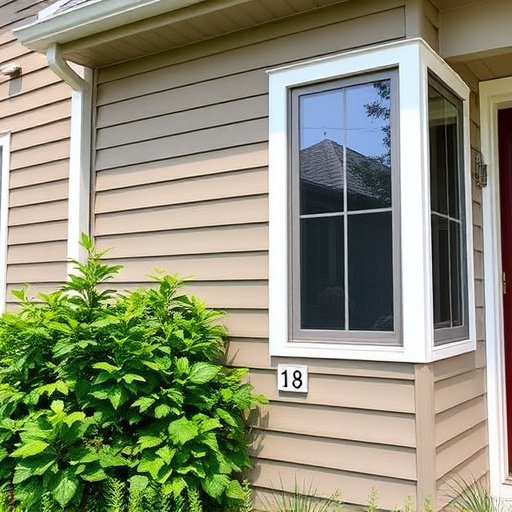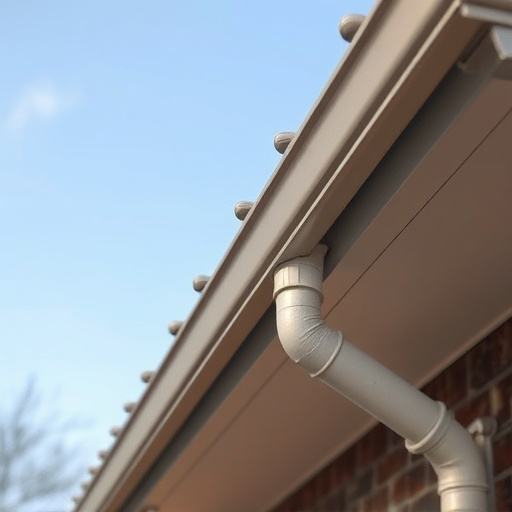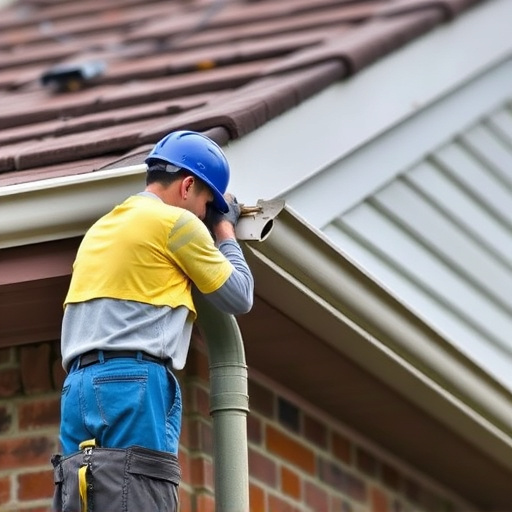Regular inspections, proper sealing, and pest control are key to preserving wood siding's integrity against rot and insects. Using rot-resistant hardwoods like cedar or treated wood options further protects against damage. Effective ventilation, cleaning, and maintenance enhance aesthetics and property value while deterring pests and prolonging siding lifespan.
Protecting your home’s exterior is vital, especially with wood siding. This material, though aesthetically pleasing, is prone to rot and insect infestations. Understanding common issues like moisture buildup and pest attraction is the first step. Choose rot-resistant wood types for a durable solution. Implement regular inspections and targeted pest control measures to prevent infestations. By following these steps, you can significantly extend the lifespan of your wood siding, ensuring your home remains protected and attractive.
- Understand Common Wood Siding Problems
- Choose Rot-Resistant Wood Types
- Implement Effective Pest Control Measures
Understand Common Wood Siding Problems
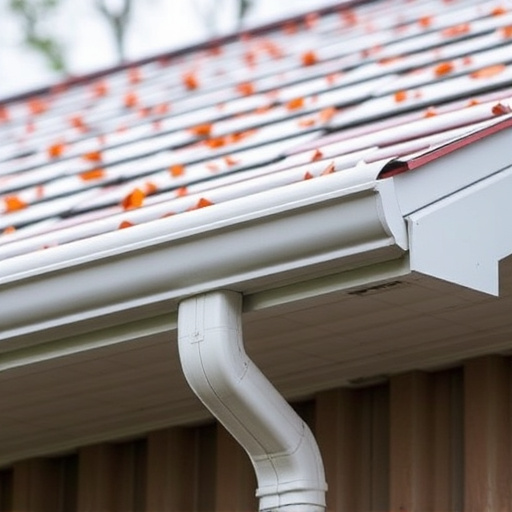
Wood siding, while aesthetically pleasing, is prone to several common issues that can compromise its integrity and appearance over time. Rot and insect infestation are among the most prevalent problems homeowners face when dealing with wood siding. These issues often arise due to moisture buildup, poor ventilation, or inadequate sealing, creating an ideal environment for pests and fungi to thrive.
Regular inspection is key to identifying potential problems early on. Look out for signs of water damage, such as peeling, cracking, or warping, as these could indicate rot. Termite activity may leave visible trails or small holes, while carpenter bees can cause noticeable damage with their nesting holes. Addressing these issues promptly through regular maintenance and professional home exterior services is crucial to prevent further siding repairs and ensure the longevity of your wood siding.
Choose Rot-Resistant Wood Types
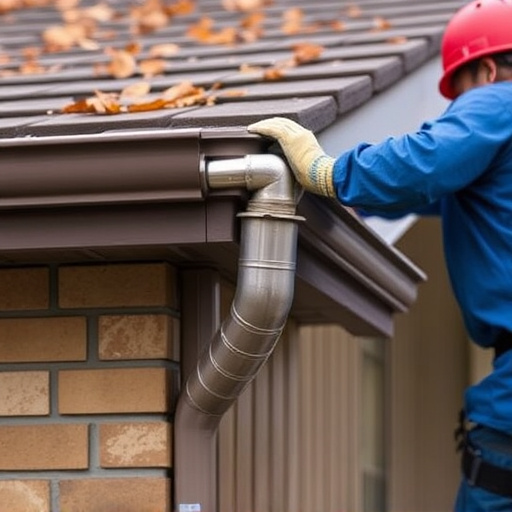
When selecting wood for your siding, choose rot-resistant species to significantly extend the life of your exterior cladding. Hardwoods like cedar, redwood, and cypress are renowned for their natural resistance to decay and insect infestation. These woods contain oils that act as a barrier against moisture, making them less susceptible to rotting. While they may come at a higher upfront cost, their durability means you’ll save on replacement and repair costs in the long run.
Additionally, consider treated wood options available from siding services. These woods are pressure-treated with chemicals to enhance their resistance to rot and insects, offering another effective solution for those looking to protect their residential roofing and siding from damage caused by storm or other environmental conditions.
Implement Effective Pest Control Measures
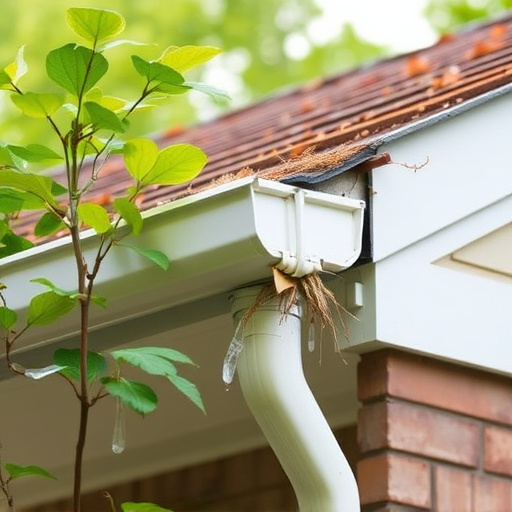
Implementing effective pest control measures is a vital step in safeguarding your wood siding from rot and insects. Regular inspections are key; check for any signs of damage, entry points, or unusual activity. Once identified, seal any cracks or gaps using caulk or appropriate sealing products to prevent pests from infiltrating. Consider hiring professional pest control services that offer tailored solutions for wood siding protection, ensuring a thorough and safe treatment.
In addition to inspections and sealing, maintaining proper ventilation is crucial. Adequate airflow around your wood siding can deter insects and reduce moisture buildup, which is a primary cause of rot. Regular cleaning and maintenance, including power washing and repainting or sealing, can also help maintain the integrity of your siding installation. By combining these strategies, you create an inhospitable environment for pests and prolong the lifespan of your wood siding, enhancing the overall aesthetic and value of your property, whether it’s through roofing services or specialized siding services.
Proper maintenance, including using rot-resistant wood types and implementing effective pest control measures, is key to preventing common problems like rot and insect infestation in wood siding. By understanding these issues and taking proactive steps, you can ensure your home’s exterior remains beautiful and durable for years to come, enhancing the overall value of your property.
